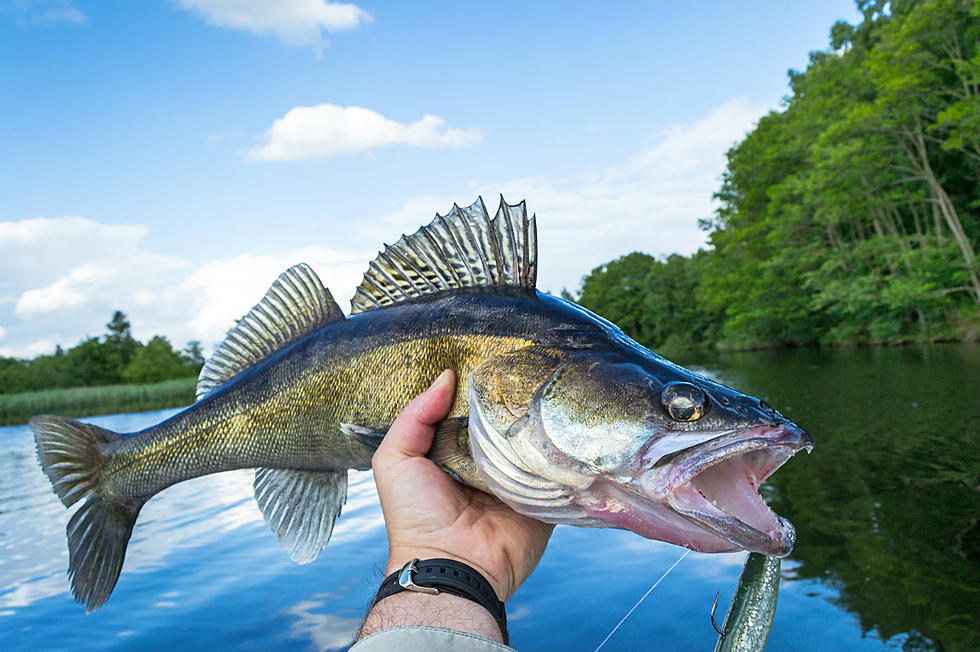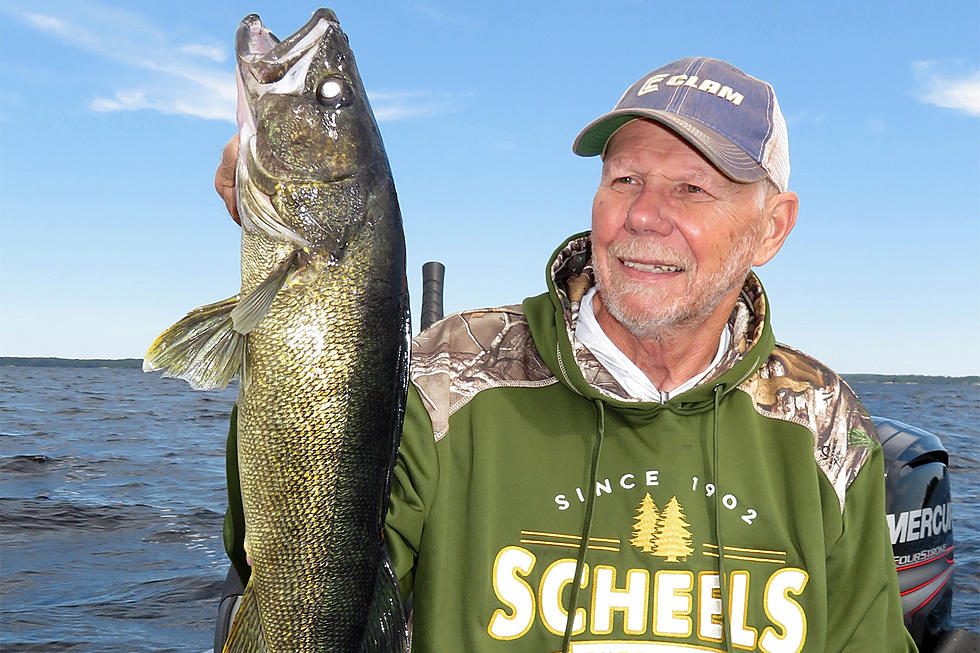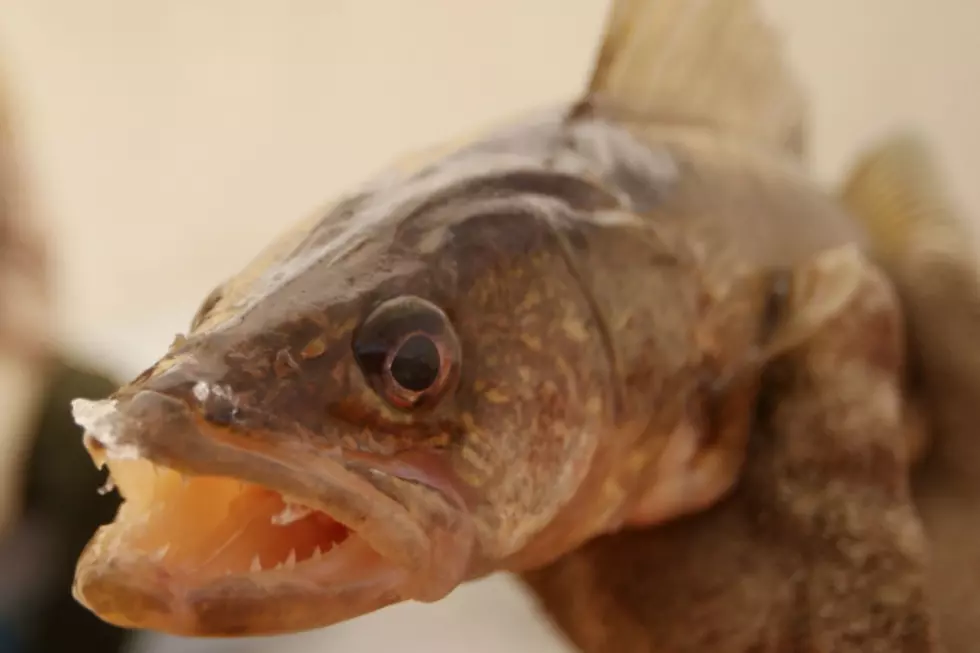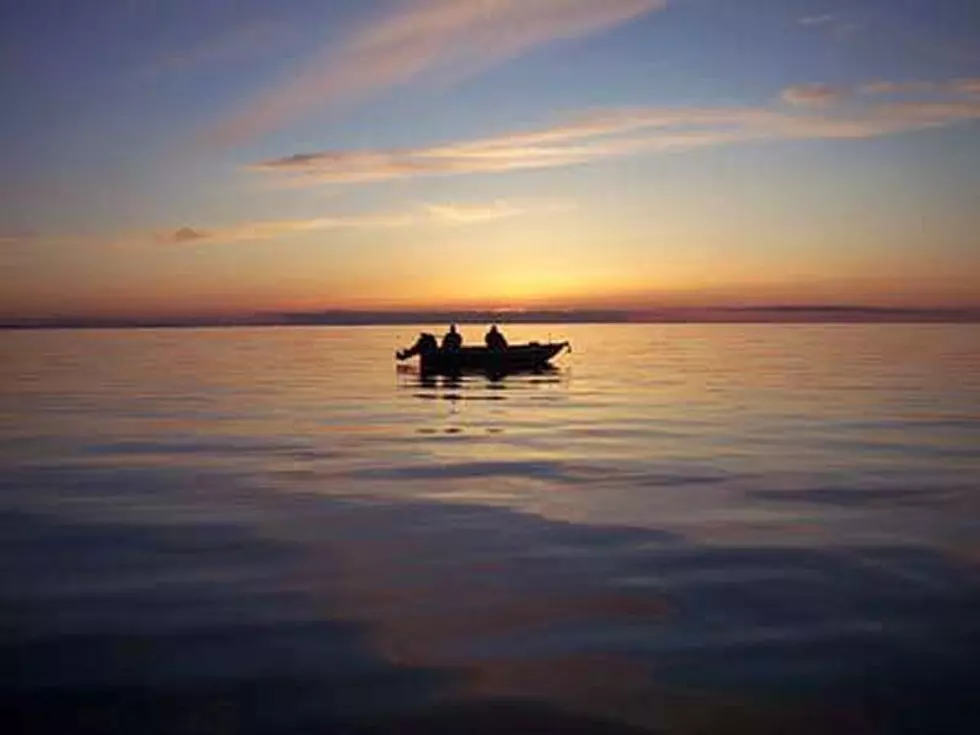
Outdoor Tip Of The Weed: Nomadic Walleye and Big Water
It has happened to me more times than I care to count. In fact, it is such a common occurrence during the late spring and summer months that I have grown to accept it and expect it. Just when I think I have the bite figured out, the fish up and move.
Big water walleye are roamers, plain and simple. They are nomadic in nature and will be on one piece of structure for a few hours and then be gone.
It isn’t an occasional occurrence, either. I have found this late spring and summer pattern to be true on Leech, Kabetogama, Lake of the Woods, Lac Seul, Mille Lacs, Rainy and other big water environments.
The last few years, I have been fortunate enough to spend considerable time on Rainy. Our group of anglers has consistently been successful because we have learned to cope with the roaming characteristics of the walleye.
It is not uncommon to spend as much as two hours searching for walleye on Rainy before we ever drop a line. We make the rounds from structure to structure looking for fish on our sonar units.
The first step in this process is having a boat and motor rig that provides the mobility necessary to do the extensive searching. The other is to have a GPS system that allows you to quickly find structure that has fish holding potential. LakeMaster chips (www.lakemap.com) can be critical for shortcutting this process.
Regardless of the lake you are fishing, structure doesn’t have to be very big to hold fish. Some of my most memorable bites have taken place on small humps and insignificant points.
There are other factors involved in the nomadic walleye characteristic that need to be noted. These fish are not just roaming because they enjoy swimming. They are looking for food in the form of minnows.
Large schools of forage will spend time in open water and sometimes offer a good deep basin bite. However, when the baitfish move onto structure, the walleye are usually not far behind.
Walleye do not take a long time to feed. Countless times we have come across structure that is stacked with fish only to find them gone in an hour or less. Being efficient at working these fish when you find them can be critical.
Once fish are found, they can be caught in a variety of ways. There is no doubt that a short shanked Fire-Ball jig is an excellent way to present bait. Leeches or crawlers work well in late spring and summer, but sometimes shiner minnows are the best.
Live bait rigs are also very effective when targeting feeding fish. A number six hook on the end of six feet of six-pound-test Vanish Fluorocarbon is hard to beat. The bait that will get the most attention may depend somewhat on the day so we always have options available.
There are days when locating scattered fish is the best we can do. During these situations, a two or three ounce bottom bouncer and Rainbow Spinner rig can be the most productive. Occasionally, I will clip off the normal hooks and substitute a long shanked hook with a PowerBait twister tail. I add a piece of crawler or leech for good measure.
Wind plays a major role in where fish setup to eat. Walleye love to feed in the waves. Part of this is due to the baitfish activity and part due to the sight advantage walleye have over baitfish in poor light conditions. Playing the wind is very important.
Walleye on big water rarely setup housekeeping in one spot for very long. Instead, they will come up onto structure, feed, and move back to open water. Success under these circumstances depends on an angler’s ability to find fish.
On big water, walleye are nomadic in nature. Anglers need to be on the move, as well.
More From AM 1240 WJON






![St. Cloud Man Swims Across Lake Mille Lacs [VIDEO]](http://townsquare.media/site/67/files/2017/08/Terry-Anderson-After-Swim.jpg?w=980&q=75)


